The Camino de Santiago, also known as the Way of St. James, is one of the world’s most iconic and spiritually rich pilgrimage routes. Stretching across thousands of miles, the Camino has drawn travelers for over a millennium, offering a unique blend of history, culture, and personal reflection. Today, it’s a journey that attracts not only devout pilgrims but also curious adventurers, nature lovers, and those simply seeking an opportunity for introspection and renewal.
The History and Spiritual Significance
The Camino de Santiago traces its origins back to the 9th century when the tomb of St. James (Santiago) was discovered in the region of Galicia in northwest Spain. Pilgrims, particularly Christians, began to walk the route to pay homage to the apostle, who was believed to have spread Christianity throughout Spain. Over the centuries, the pilgrimage grew, and the Camino became one of the most important Christian routes in Europe, often referred to as the "third holiest site" after Jerusalem and Rome.
While its religious roots are deep, today the Camino de Santiago is also a celebration of cultural diversity. The various routes pass through different regions of Spain, each with its own unique landscapes, architecture, and traditions.
Choosing Your Route
There are several ways to embark on the Camino de Santiago, with each route offering a distinct experience. Some of the most popular include:
- Camino Francés (The French Way): The most famous and traditionally traveled route, starting in St-Jean-Pied-de-Port in France and crossing the Pyrenees before meandering through Spain to Santiago. This route is approximately 780 kilometers and can take about a month to complete. It is known for its well-maintained path, plentiful amenities, and diverse landscapes, including rolling hills, charming villages, and historic towns.
- Camino Portugués (The Portuguese Way): Starting in Lisbon or Porto, this route travels through Portugal and into Spain, following a coastal path before heading inland to Santiago. With lush greenery, vibrant cities, and scenic coastal views, this route offers a slightly more relaxed pilgrimage experience.
- Camino del Norte (The Northern Way): For those seeking a more challenging and rugged journey, this route runs along the northern coastline of Spain, offering spectacular views of the Bay of Biscay. The path is more difficult, with steep climbs and fewer pilgrim services, but the natural beauty and solitude make it a rewarding option.
- Camino Primitivo (The Original Way): Known as the oldest Camino route, this trail begins in Oviedo, Asturias, and is often considered the most challenging. For the adventurer looking for an off-the-beaten-path experience, the Camino Primitivo offers steep mountains, lush forests, and a strong sense of history.
What to Expect on the Journey
Regardless of the route you choose, walking the Camino is an immersive experience that engages all your senses. Along the way, you’ll encounter pilgrims from all walks of life and from all corners of the globe. The shared camaraderie and sense of purpose create a unique community bond, whether you're walking alone or with a group.
The terrain varies depending on the route, but common features include rolling hills, ancient Roman roads, vineyards, small stone villages, and lush forests. Towns and cities along the way are steeped in history, with medieval churches, castles, and monasteries offering a glimpse into the past.
One of the most defining aspects of the Camino is the pilgrim's "passport," the credencial, which you stamp at various points along the way. Upon reaching Santiago de Compostela, those who have completed at least the last 100 kilometers on foot (or 200 kilometers by bicycle) can receive the Compostela, a certificate of completion.
Tips for the Camino
- Prepare Physically: While walking the Camino is a spiritual journey, it’s also a physical challenge. Prepare your body by walking regularly before embarking on the route, and try to get used to carrying a backpack with a few essential items.
- Pack Light: The Camino is not about luxury. You’ll want to pack as lightly as possible, as you’ll be carrying your belongings every day. Essentials include comfortable shoes, a lightweight rain jacket, sunscreen, a hat, and a refillable water bottle.
- Accommodation: Pilgrims have the option to stay in albergues (hostels) along the route, which offer affordable lodging. Many towns also have hotels, guesthouses, and other accommodations. Booking ahead is advised, especially during the busy summer months.
- Pace Yourself: The Camino is not a race. It’s important to listen to your body and not rush. Take the time to soak in the sights, meet fellow travelers, and enjoy the process of the pilgrimage.
- Embrace the Spiritual Aspect: Whether you're walking for religious reasons or simply seeking personal reflection, take time to enjoy the quiet and solitude the Camino offers. Meditate, reflect, or simply appreciate the moment as you walk through some of Spain’s most beautiful landscapes.
Arrival in Santiago de Compostela
After days or weeks of walking, your journey will culminate in the magnificent city of Santiago de Compostela. Here, pilgrims gather at the Cathedral of Santiago, one of the most stunning examples of Romanesque architecture in Europe. The cathedral houses the tomb of St. James and is the final destination for those completing the pilgrimage. The feeling of arrival is emotional, filled with pride, relief, and often a sense of accomplishment and renewal.
The city itself is a UNESCO World Heritage site, with narrow medieval streets, cobblestone squares, and charming cafes. Take some time to explore the city, enjoy local Galician cuisine, and reflect on your pilgrimage.
The Legacy of the Camino
The Camino de Santiago continues to attract travelers of all kinds from across the world. Whether you walk for faith, fitness, adventure, or introspection, the journey offers a unique experience that stays with you long after you’ve completed it. The physical, mental, and spiritual transformation you undergo on the Camino is something that cannot be easily put into words—it is something you must experience for yourself.
For those seeking a journey of self-discovery, historical exploration, or simply a chance to disconnect from the fast pace of modern life, walking the Camino de Santiago offers a once-in-a-lifetime opportunity to find peace, adventure, and connection.
Let skyroutetravel.in guide you along the historic Camino de Santiago to Santiago de Compostela.

 Canada
Canada
 Sri Lanka
Sri Lanka
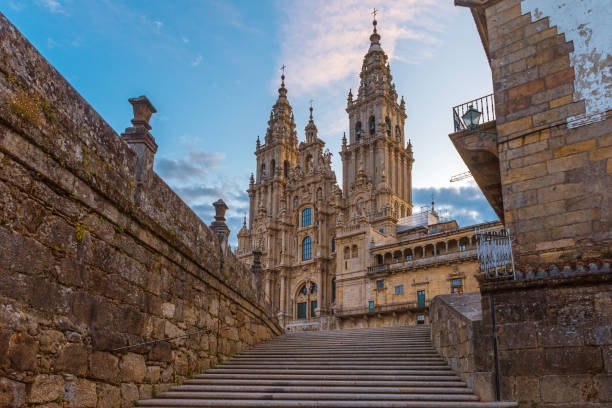
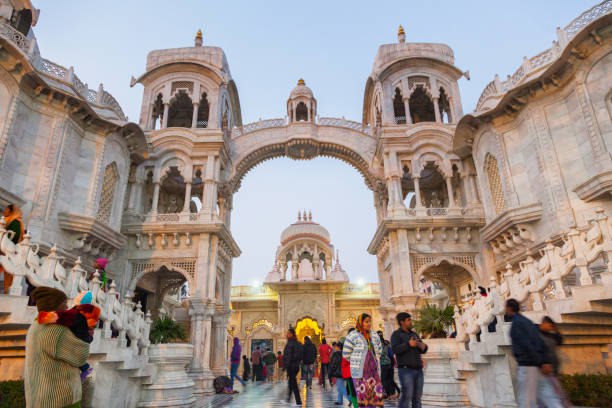
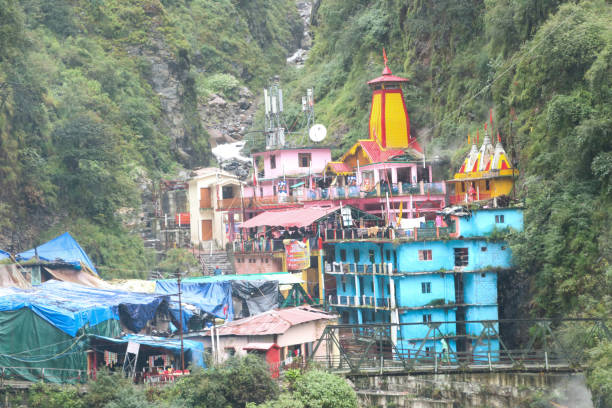
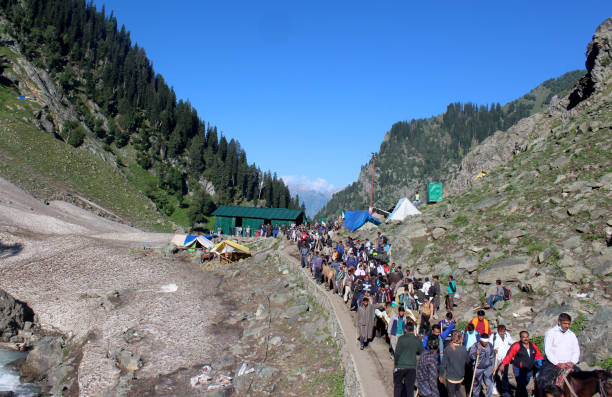
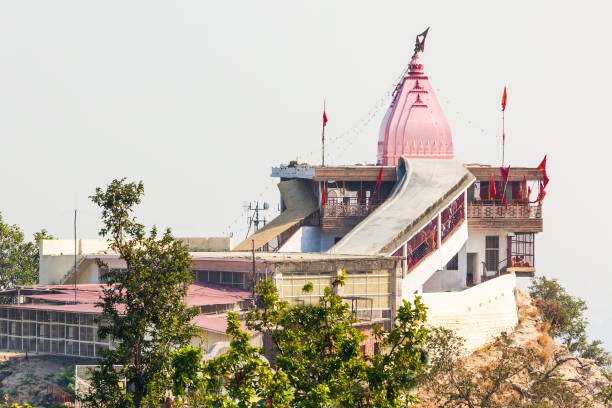
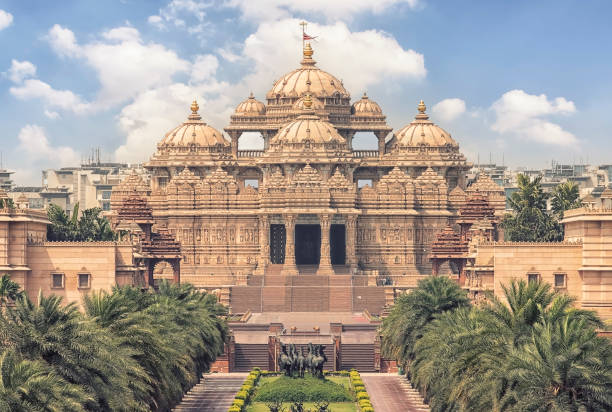
0 comments for this post